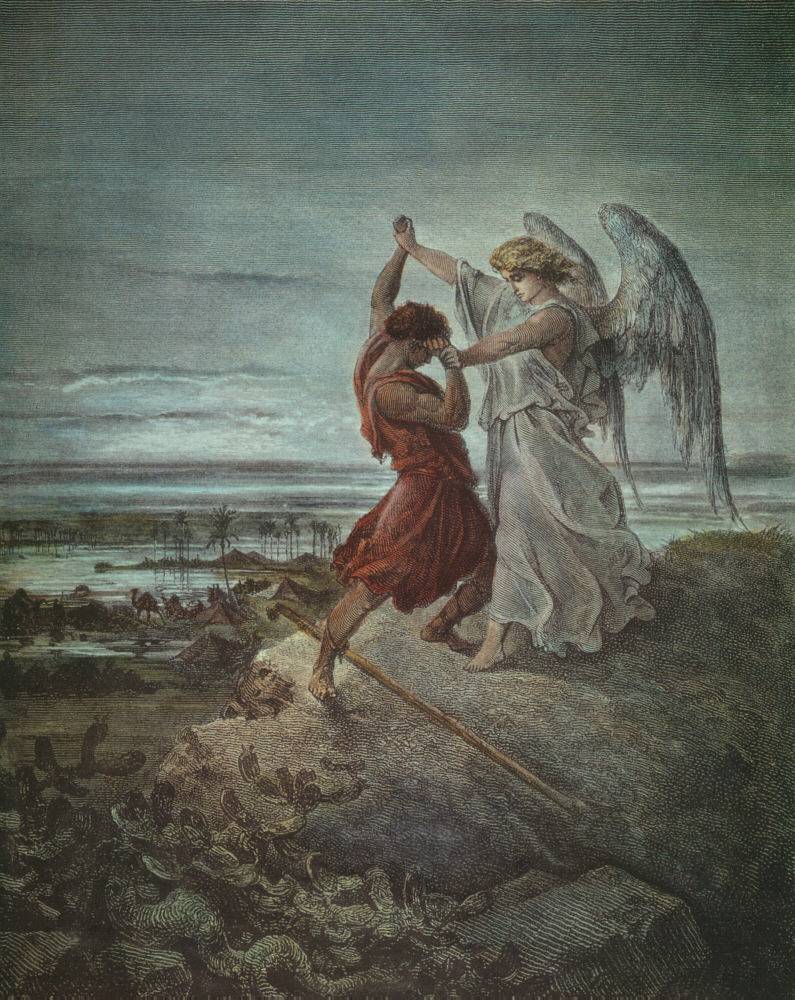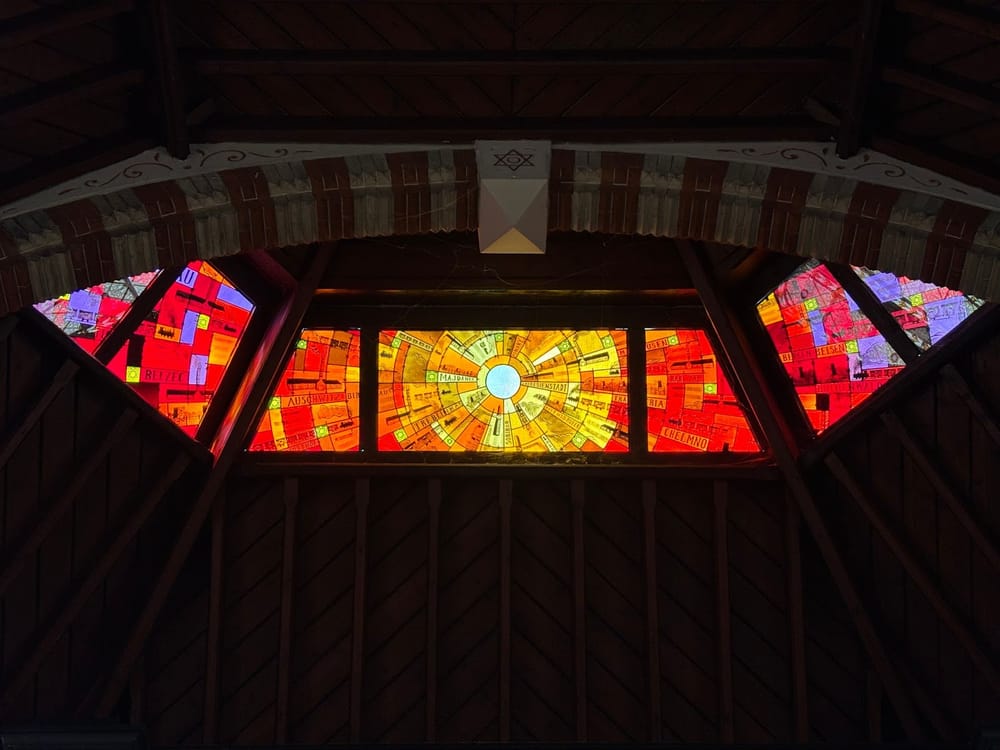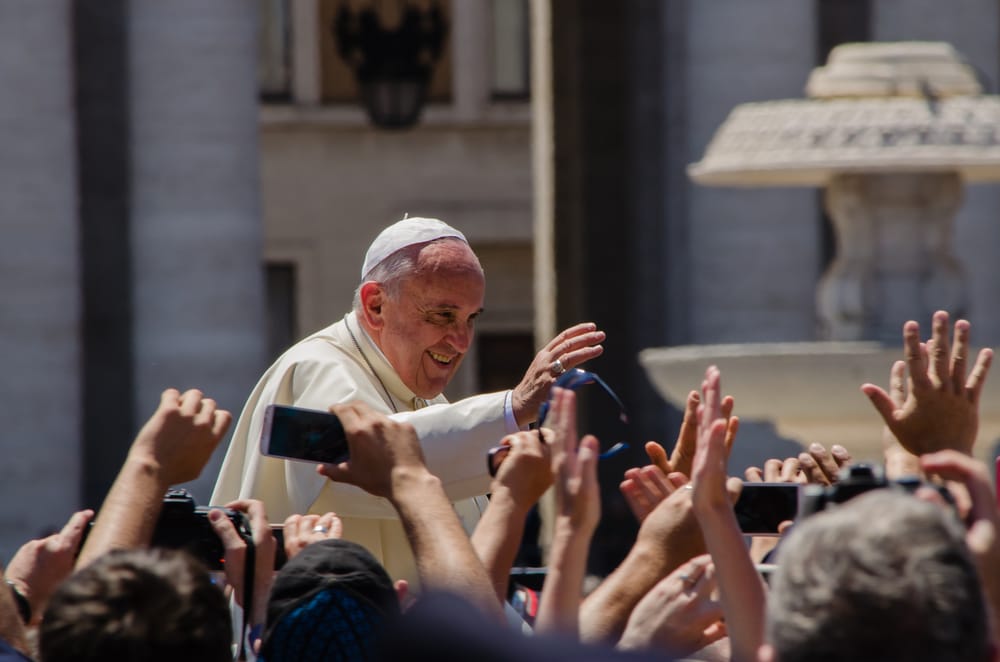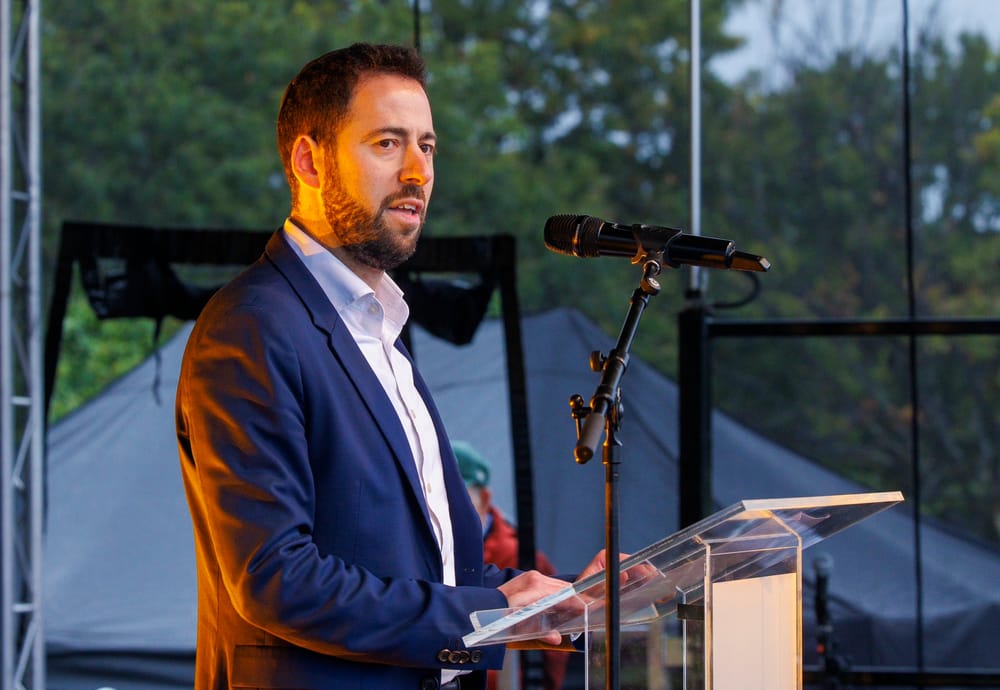What happened at Mount Sinai?
This is what we think we know: the poorest people of many ethnicities came together at a mountain.
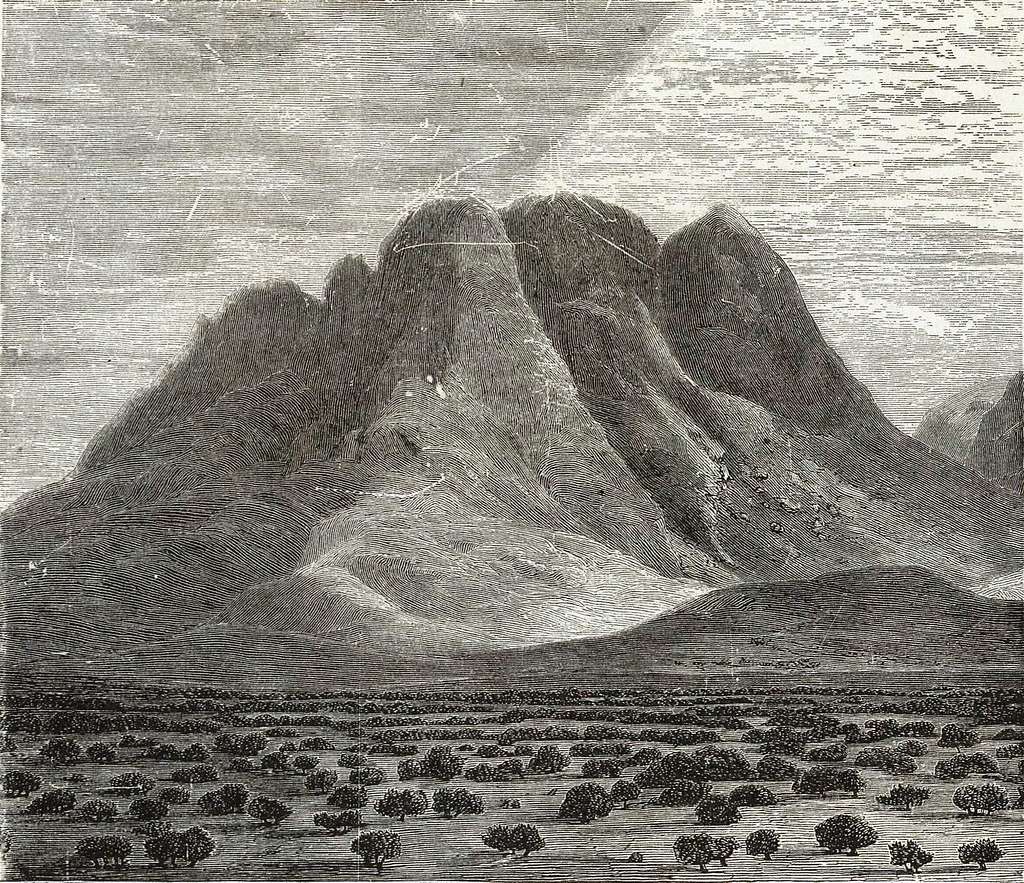
This week, a guest pickle from Rabbi Lev Taylor. Our offering for the upcoming festival of Shavuot, at which the revelation of the Torah at Mount Sinai is recounted.
Rabbi Lev’s Marxist biblical historical exploration of the covenant plays out in a heady dialogue that, perhaps, emanates Tikkun Leil Shavuot the all-night study that has become part of marking this festival. Through it, may we redress the story that lies at the root of Judaism as a faith and a covenant between peoples.
We are days away from Shavuot, the Feast of Weeks, when we celebrate having received the Torah. At this festival, we affirm we have received God's word and that it is unfailing.
This is what we think we know: these words are not only God's.
They have human origins, and they were written over many centuries. The Torah is not a single, unaltered revelation. It is a book with a history.
What happened at Mount Sinai matters immensely. It is the foundation of our faith. It is the basis not only of Judaism but of every monotheism that followed it.
The story has been told so many times. Hordes of Hebrews fled from Egypt, gathered around the foot of a desert peak, and heard the voice of the One True God.
What they experienced, they told to their children, and they to theirs, until - after generations - the vision was written down into a collection of stories and laws we call the Torah.
We have to know what really happened at Sinai; so much hinges on this indecipherable point of history.
We have to believe in the real world, where history is something made by human beings, who work, and struggle over resources, and build societies.
We have to believe in the God of Judaism, who is revealed through history.
We must synthesise the two. We cannot split the material and the spiritual. We need to know what the material reality was that lay underneath this spiritual truth. We need to know what happened at Sinai.
We cannot truly know, but we have to try and work it out. A group of human beings felt so inspired that they wrote down ten commandments and passed them on for thousands of generations. Why?
A group of human beings, who surely worked and slept and ate and drank and dreamed, proclaimed that they had seen God.
Something marvellous must have happened at that time. Something awe inspiring - to give us this treasury of ancient wisdom. Who committed these words to paper, what happened to them, and what made these commandments feel so important to them?
What really happened at Mount Sinai? The biblical historian pores over our texts, strips them back, digs out inconsistencies, looks for parallels in ancient cultures, and analyses the language in which the stories are told. The biblical historian discards impossibilities, looks for likelihoods, and reconstructs the best possible version of events.
We cannot know for certain, but we can do our best to do the same - to discard, seek and reconstruct. And, when we do, the truth of Mount Sinai that we are left with is far more radical than we might imagine.
For the historian, Mount Sinai may not have been Mount Sinai at all. It may be, as the Samaritans claim, Mount Gerizim, near Nablus, since that is also one of the mountains the Torah names as a site of revelation. It may have been Mount Pisgah or Mount Nebo, on the eastern side of the Jordan River, since our Torah names those locations too.
We do not know at which mountain the important revelation happened. But there was a mountain.
This is what we think we know: there was a mountain.
Some people went there. They may not have been Jews, since that word did not exist yet. They may not even have been Israelites, since the story teaches that they only became Israelites through the process of what happened at that mountain.
They were, says the Torah, a mixed multitude. They were drawn from all the nations of the Ancient Near East: from Ethiopia and Yemen; through Egypt and Sudan; to Lebanon and Syria.
They were, by their own self-description, border-crossing nomads. They had no land or title. There are no records to suggest they owned any weapons, let alone that they had military strength.
If we are to trust how they wrote about themselves, they were menial workers. Water drawers; grain carriers; tenant farmers; shepherds. They had been slaves. They were a ragtag of the ancient world’s lowest classes.
We do not know who these people were. But they were poor and transient.
This is what we think we know: the poorest people of many ethnicities came together at a mountain.
We are not sure when it happened. It may have been any time from the 15th Century BCE. The latest it could have been is the 5th Century BCE, when the Torah was edited into its final form. That is a difference of nearly a thousand years.
We do not know what brought them to that mountain. We cannot prove that the exodus took place exactly as it was described in the Torah.
But we do know that, in the 12th Century BCE, there was a massive societal collapse in all the nations of the Mediterranean basin. In the broad period when our Torah tells us that our ancestors received the Ten Commandments, the Egyptian empire was crumbling.
We also know this. When Egypt was collapsing in the late Bronze Age, a Pharaoh wrote a stele, complaining of slave uprisings by a group of nomads on the fringes of his empire. He calls those people Habiru. The biblical historian notes the linguistic similarity between these people and the Hebrews.
This is what we think we know: the poorest people of many ethnicities rebelled together against a decaying empire some time around the late Bronze Age.
They met at a mountain.
The stories they tell of their experiences at that mountain are fantastical. Fire descended from heaven. Thunder crashed and lightning roared. Thick smoke descended over the peak. The earth trembled violently. The Creator of Heaven and Earth became manifest before them.
How can we know if any of this happened? Nobody else could have testified to what they saw. There are no contemporary meteorological records. There are only two possibilities: either the authors of our Torah really believed that was what they experienced, or they made it up.
If they made it up, so many others were convinced that they had been part of that experience at the mountain, that they faithfully transmitted the story for hundreds of years to their children and grandchildren. Which is more likely: that these people lied, or that they genuinely believed they had a transcendent experience?
This is what we think we know: the poorest people of many ethnicities rebelled together against a decaying empire some time around the late Bronze Age.
At a mountain, they had an experience so profound that they felt as if they saw God manifest, and it changed their lives and the lives of their descendants forever.
The God they thought they heard told them: “Although the whole earth is Mine, you will be for Me a dominion of priests and a holy nation.”
The poorest people in the world affirmed belief in a God who knew no borders and rejected all hierarchies. Every one of these ancient landless waifs would be holy.
According to our Torah, those people entered into a covenant.
Until this point in history, contracts of these kind were predominantly made between empires and vassal states. They took the form: “you will pay me tribute, and I will be your landlord.”
This was a covenant of a new kind. It said:
“you will do justly by one another, and I will be your God.”
They ratified this new agreement and remade what a covenant was. They swore an oath, committing themselves to an entirely new society. They bound themselves to a Law that knew no Sovereign save for a universal God.
They promised that their society would have no more killing; no more trafficking in human beings; no more greed. They declared fealty to each other, to their God; and to their sacred days of rest.
Take our texts. Strip them back. Dig out inconsistencies. Look for parallels in ancient cultures. Pay close attention to language. Discards impossibilities.
From what remains, you can reconstruct the best possible version of events.
This is where we have arrived.
This is what we think we know.
Thousands of years ago, poor people from many ethnicities got together in common rebellion against a decaying empire. They had an experience so profound that they felt as if they saw God manifest.
At a mountain, they made a covenant to create a society based on dignity.
Many hands have since re-written and interpreted that event - but, deep at its core, buried under years of transmission and analysis, was one moment.
This, is what we think we know:
Somewhere in history, there was a slave rebellion by a mountain.
And it was marvellous. ▼
Lev Taylor is rabbi of Kingston Liberal Synagogue. He co-founded the Queer Yeshiva and is active in UK Friends of Rabbis for Human Rights.
Author
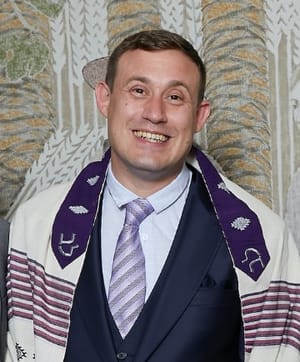
Lev Taylor is rabbi of Kingston Liberal Synagogue. He co-founded the Queer Yeshiva and is active in UK Friends of Rabbis for Human Rights.
Sign up for The Pickle and New, From Vashti.
Stay up to date with Vashti.
